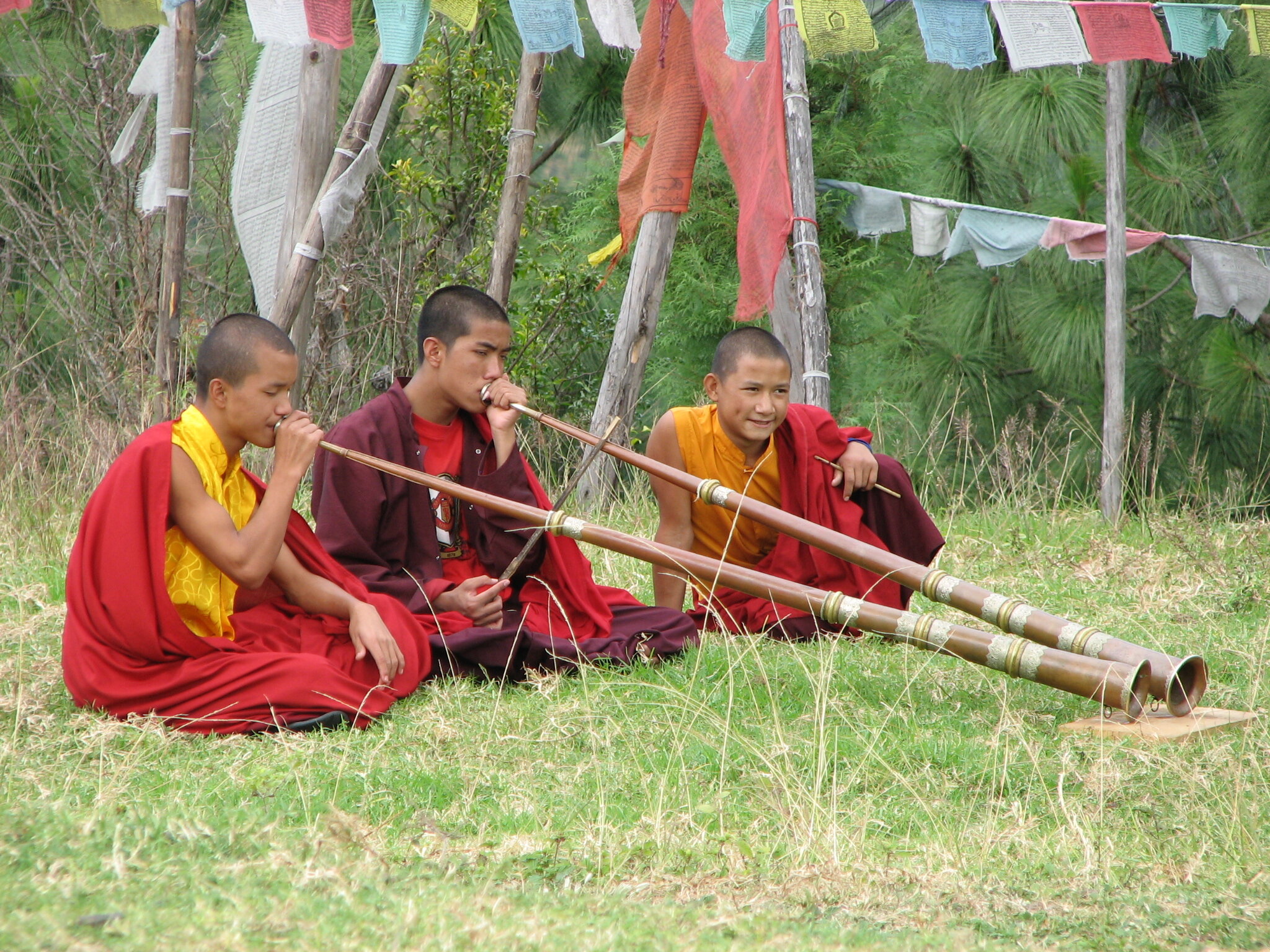Are you ready to go to Bhutan?
Our trip to Bhutan was a trip within a trip? Part of our 27 day trip to India included five days in Bhutan. Bhutan was a country that I knew very little about but I can tell you it was a real treat. I like going to countries that I know very little about. It becomes a discovery trip for me and that was Bhutan in a nutshell. It was one giant discovery and I enjoyed the entire time we spent there.
What other country can you just happen to run into the King two days in a row? What other country can you run into the Queen and have a genuine conversation where she is leading the conversation about where I am from and where have I been and have I enjoyed what I’ve seen and done. She was a lovely woman and it was a treat to meet her.
I’m going to post some photos but not my usual ‘highlight’ photos. I’m going to post some photos that will give you a little ‘flavor’ of the people and culture that we found.
The welcome sign below seemed very genuine in that most people were quite friendly to us. Many spoke to us and in particular the younger people. You will also notice the architecture and decoration of the sign. Those were consistent features in Bhutan.
Bhutan is a mountainous country. We were always in the mountains and we often saw beautiful peaks as well. Here is the Himalayas where Bhutan meets Tibet.
We tried all the food they put in front of us and lots of food that we had to stop and buy. This is beside the road and we tried their roasted corn. It was very tasty though I would say that they let their corn mature much more than I do before picking it.
There is nothing wrong with short people but I will say that I’ve never been anywhere that I had to stoop over so far to look out the windows. The photo below was in one of our hotels.
The highlight of our trip was our hike to the Tiger’s Nest monastery. You can also notice the prayer flags and these were scattered everywhere in Bhutan. It’s a Buddhist country and that was nice as well. Our hike up the mountain was one that we will never forget, along with meditating in such an auspicious place.
Last but not least, we traveled with our good friends Ron and Patty Weber. You can see Patty below with Vicky. They have been our frequent travel companions and Bhutan was another great country for us to be able to enjoy with them. This was atop Dochula Pass.


































































































